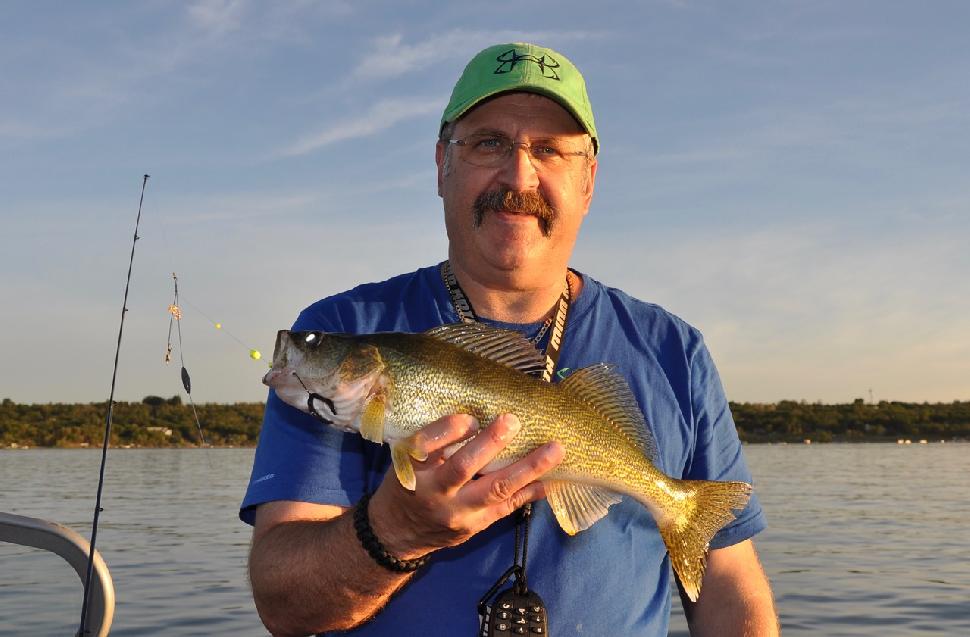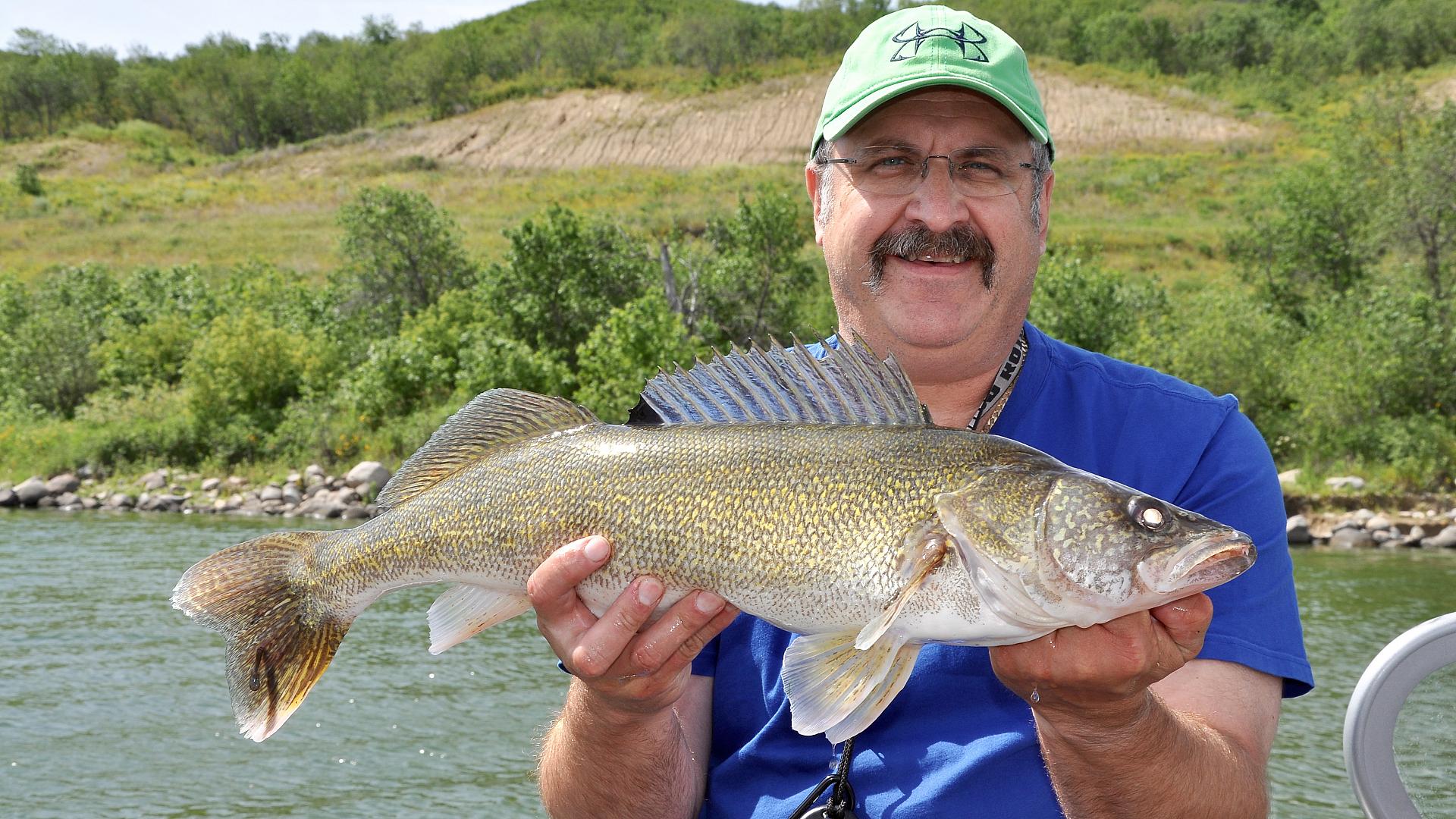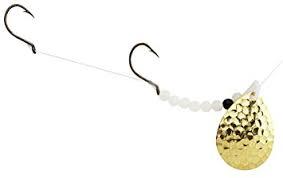HEAT TREATMENT
Cool tactics for hot western walleye action—all summer long
Advertisement

#1
Troll the bottom
During summer in many western walleye waters, the fish will move from their spring haunts in eight to 15 feet of water into 20 to 30 feet of water. Typically, they’ll relate to deep structure, such as sunken islands, old river channels, deep tips of long-running sandbars and drop-offs between shallow and deep water. Often, these areas won’t be too far from where the walleye were found at the end of the early-season bite.
One of the best ways to cover water and locate these fish is to troll a bottom bouncer and spinner rig (below). The spinner should be equipped with a size 4 to 7 Colorado blade and tipped with a nightcrawler or leech. Over the years, I’ve found that a trollingspeed of between 1.2 and 1.5 mph works best for this presentation.
Advertisement
Another option when trolling deeper water is to drop your speed to between 0.5 and 1 mph, and use a bottom bouncer with a 36-inch slow-death rig. Thread a nightcrawler along the slow-death hook and over the knot, then pinch it off so only a quarter-inch of the worm extends past the bend of the hook. This creates a wide spinning motion that triggers walleye to bite. (To see the author’s tips on making your own spinner rigs, see “Spin Doctoring.”)
If you like to dress up your slow-death rig with beads or spinners for added flash, be sure to use only a few beads and a small willow or Colorado blade. This will ensure the presentation continues to spin easily at slow speeds. And don’t set the hook the moment the walleye takes the offering. When you detect a bite, aim your rod tip back toward the fish instead, and give the fish a couple of seconds to inhale the offering. Then, gently set the hook with a long sweeping motion.
Advertisement


